Secrets of the Uzbek skullcap
“I embroidered a skullcap with gold threads...” – is sung in a famous Uzbek song. The real works of art are born by the hands of skilled embroideresses.
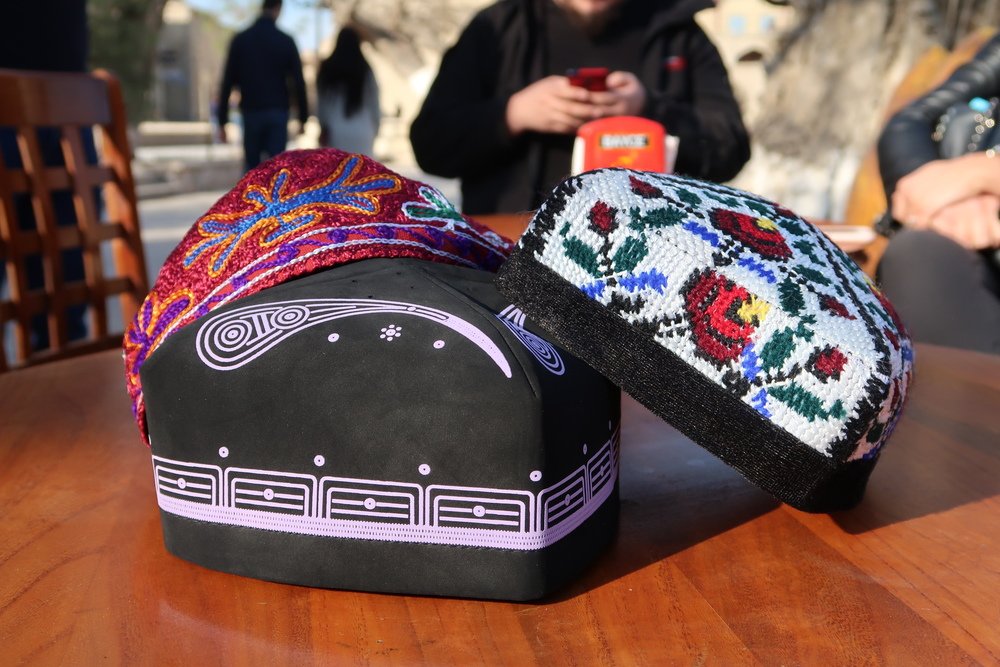
Do you know what secrets the Uzbek skullcap keeps?
In Uzbekistan, the skullcap is not just an element of clothing, but also the part of the people’s culture. Nowadays, the skullcap on the heads of citizens can only be seen on special occasions: family celebrations, funerals or holidays. However, a few decades ago, the skullcap was the main type of headdress in Central Asia. Men and women, children and old people used it. Moreover, skullcaps have their own differences in each region. Doppi (skullcaps) are divided into several groups: Tashkent, Bukhara, Samarkand, Ferghana, Khorezm-Karakalpak and Kashkadarya – Surkhandarya, as well as skullcaps are festive, religious and for every day. These national headdresses are made of soft or hard fabric, decorated with embroidery or beads, round or square shape.
Today, however, not everyone thinks about the messages hidden in the patterns of doppi. However, every bend, drawing, line-carry have a deep meaning and mystery. Until now, the people have preserved entire legends about skullcaps.
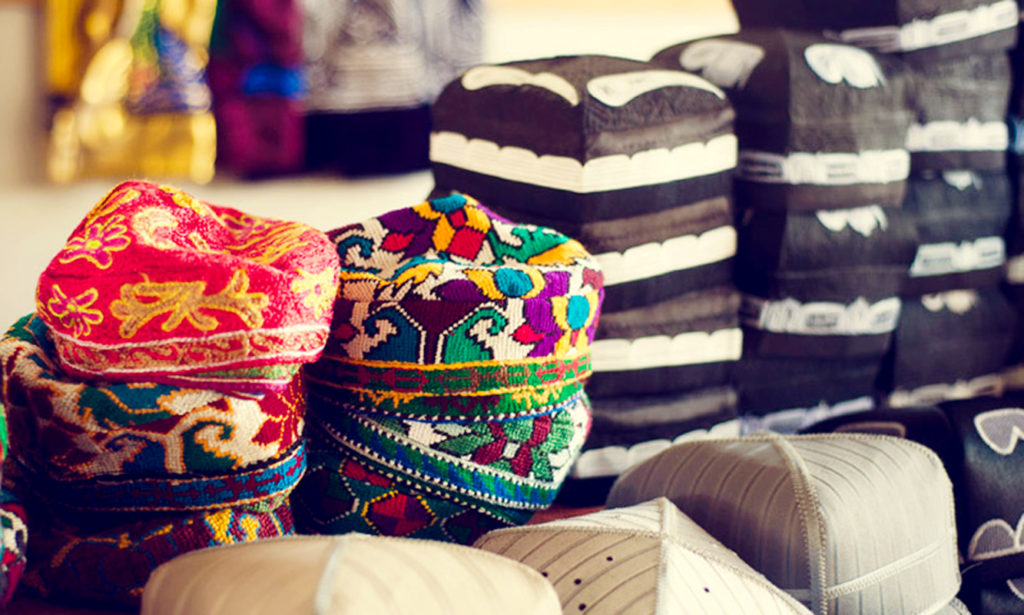
Four flowers at the top of the men’s skullcap, according to the legend, protect the men’s health on four sides, and sixteen flowers on the edge of the skullcap express the desire to have a large and friendly family (have sixteen children). These skullcaps have a strict, modest and at the same time very decorative appearance. The contrasting combination of white pattern of four peppers “kalampir” with a black background is typical for these skullcaps. Embroidered white silk flowers on a dark background served as an expression of the purity of the soul and man’s heart.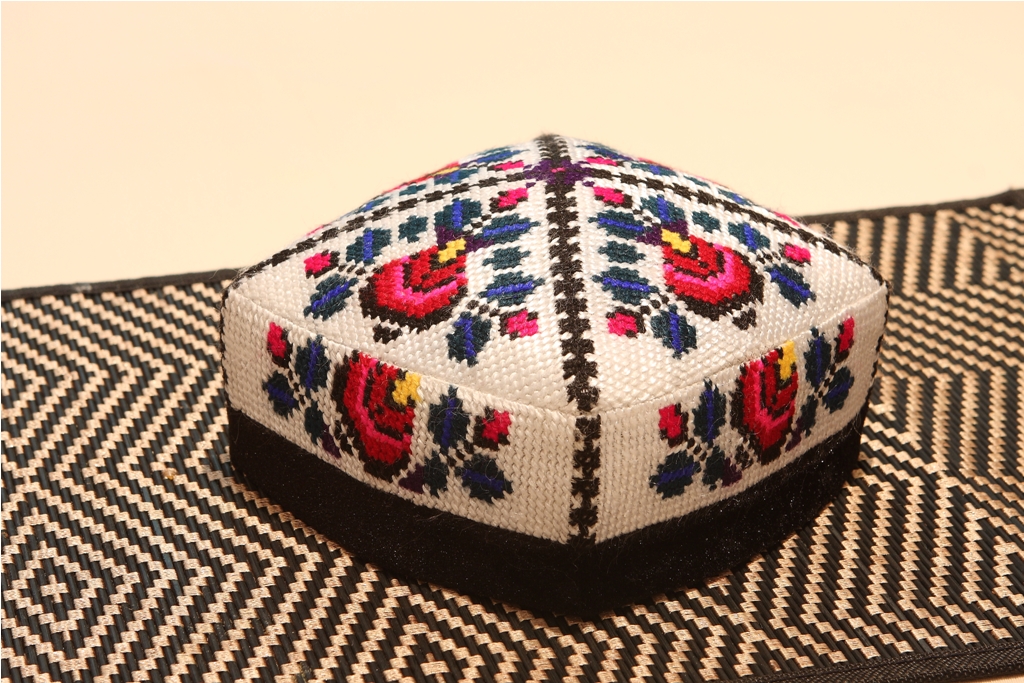
For decorating women’s skullcaps, flowers, fruits and birds are mainly used. Among the floral motifs are common rose, iris, carnation, tulip, cock's comb, apple blossom, etc., and among fruits — images of pomegranate, cherries, almonds, pepper, etc. Flowers are more often depicted on the top and side. Especially the details inside the flowers are carefully worked up. Birds could also form the main pattern of an ornamental motif. Basically, these are images of a pheasant, a rooster, and a nightingale (“Bulbul”). The tendency of masters to beauty and perfection elevated their work from craft to the highest art.
Thus, all the design elements of the Uzbek skullcap – color, line, ornament – carry an important semantic load, often associated with such universal concepts as life and death, light and darkness, earth and sky, good and evil. Uzbek skullcaps are deservedly in demand all over the world. Foreign tourists tend to buy these hats as an unusual souvenir; many even decorate their homes with them. You can buy a skullcap for personal use at any Bazaar and in special souvenir shops in tourist centres.
Leave a comment
By logging in, you agree to the processing personal data
See also
Workhours: 9:00-18:00, Mn-Fr
For any questions
Uzbekistan


 UZB
UZB RUS
RUS JPN
JPN ARA
ARA FRA
FRA CN
CN DE
DE POR
POR ESP
ESP TUR
TUR ITA
ITA HIN
HIN MAL
MAL


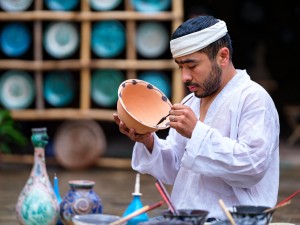

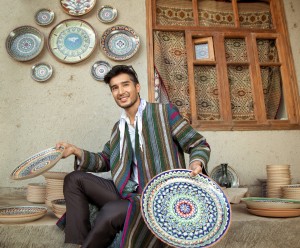
A comment
Very interesting. Need to learn more before my trip :)